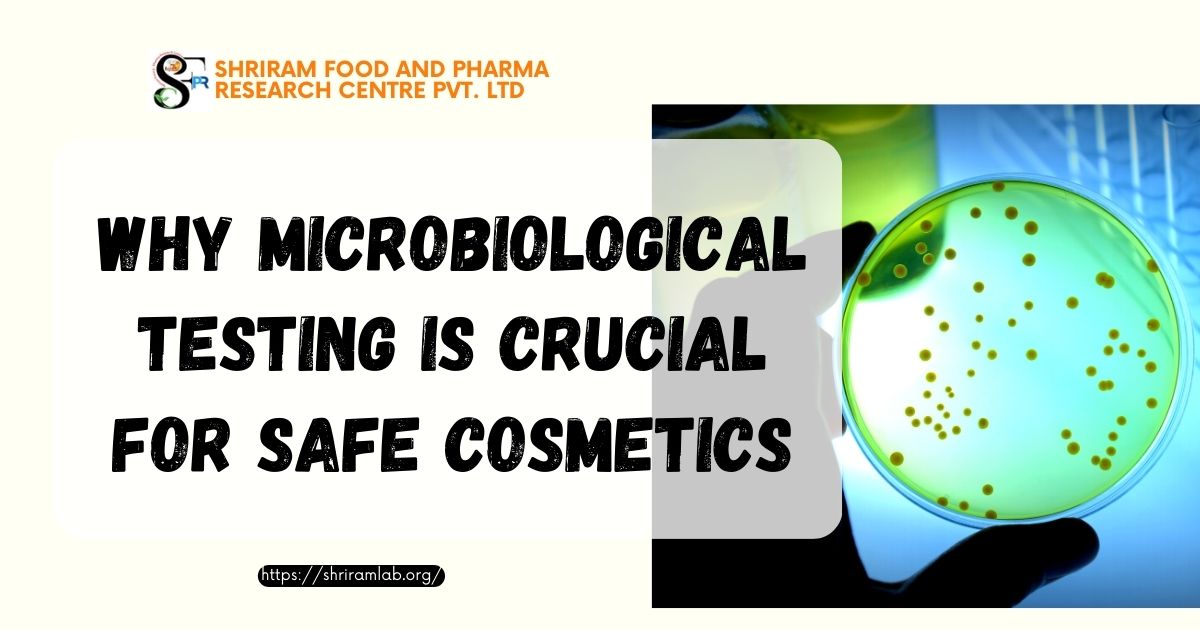Turbidity, or the cloudiness of water, serves as a crucial indicator of potential hazards such as pathogens, microbes, and protozoa. Regular testing for turbidity is essential for maintaining water quality and safeguarding public health, particularly for businesses in food and beverage, pharmaceutical manufacturing, and individuals concerned about their water supply.
Understanding Turbidity
Turbidity is a measurement of how transparent water is, affected by suspended particulates. Excessive turbidity not only affects the aesthetics of drinking water but also signals its unsuitability for consumption, posing risks of waterborne diseases and health issues.
Waterborne particles of varying sizes contribute to turbidity, including settleable solids and colloidal solids. These particles, originating from sources like phytoplankton, sediments from erosion, waste discharge, and urban runoff, create the turbid appearance in water.
Factors Contributing to Turbidity
Several factors contribute to elevated turbidity levels in water including:
- Eroded sediments
- Suspended sediments from the seabed
- Discharged waste
- Proliferation of algae
- Runoff from urban areas
- Phytoplankton
Guidelines and Impacts
According to the World Health Organization, drinking water turbidity should not exceed 5 NTU (Nephelometric Turbidity Units), ideally staying below 1 NTU. High turbidity can have various impacts on water quality:
- Absorption of heat, making water warmer and reducing dissolved oxygen, affecting certain organisms.
- Light scattering, decreasing photosynthetic activity and harming aquatic organisms.
- Filter clogging, interfering with disinfection and allowing contaminants to persist.
In bodies of water, high turbidity negatively affects light penetration, hindering plant growth and impacting dependent species like fish and shellfish. It can also impair a fish’s ability to absorb dissolved oxygen, further affecting aquatic ecosystems.
Measurement and Testing
Nephelometric Turbidity Units (NTU) are used to measure turbidity, employing a nephelometer or turbidimeter to gauge light intensity scattered through a water sample. Turbidity testing is crucial not only for water quality assessment but also for aesthetic considerations, as levels above 4 NTU can affect the appearance and acceptability of drinking water.
The turbidity of a water sample is determined by comparing light intensity scattered by the sample with a standard reference suspension, expressed in NTU. The method is applicable across drinking, surface, and saline waters in the 0-40 NTU range.
It’s vital to note that colored solutes can impact turbidity values, necessitating the use of clear and colorless glass sample tubes. Turbidimeters should minimize stray light reaching the detector and exhibit minimal drift after a short warm-up period.
Conclusion
Turbidity in drinking water is a critical parameter for assessing water quality and ensuring public health safety. Regular testing and understanding the causes and impacts of turbidity are essential steps toward providing safe and clean drinking water for all.





